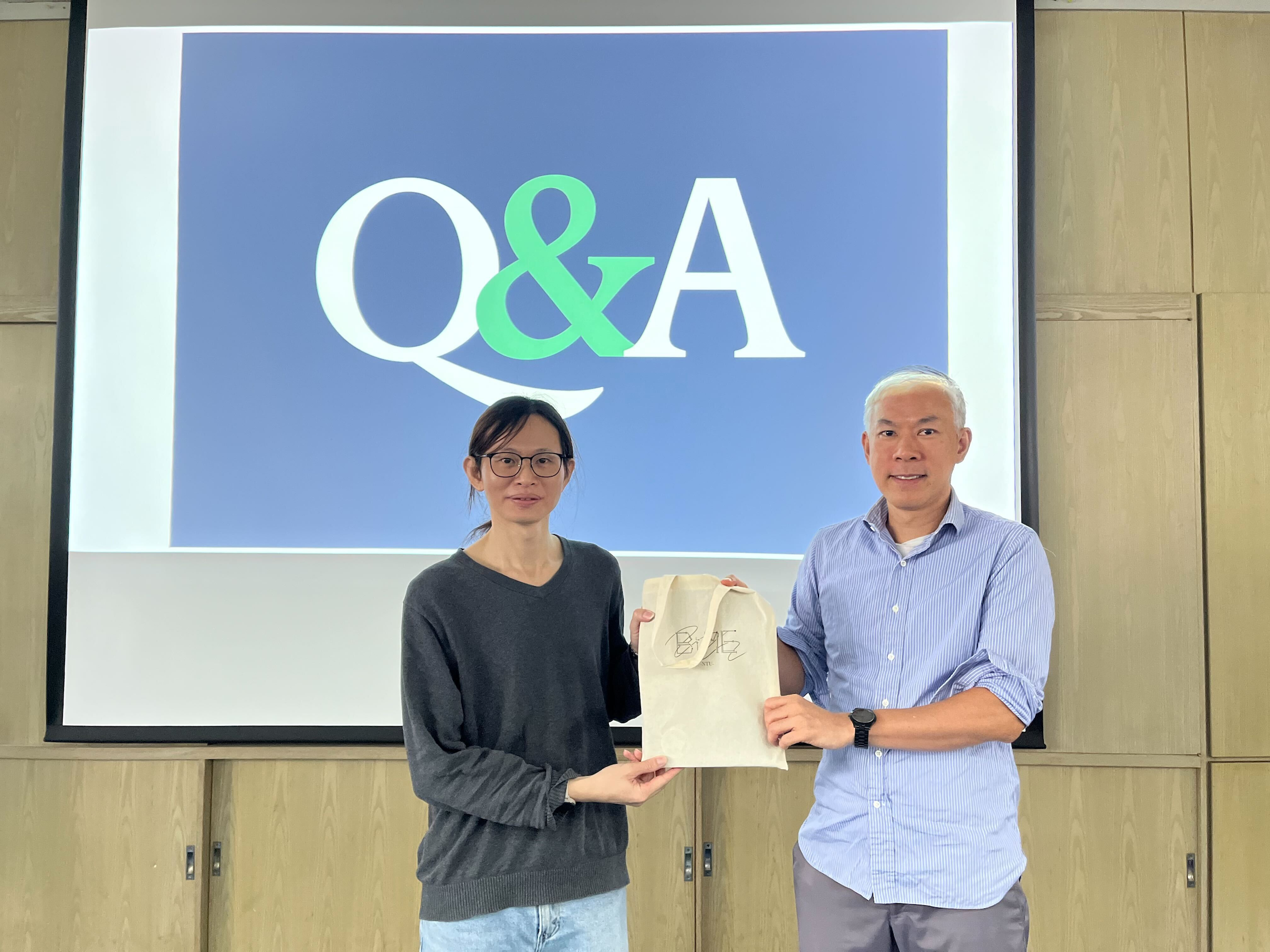
講者首先針對機器學習的新穎模型及基礎概念進行了介紹,詳細講解了監督 式和非監督式學習模型的差異,並對GPU與CPU的運算方式進行比較,解釋它 們在處理速度和適用場景上的不同。講者也提到了過擬合現象及混淆矩陣,幫助 我們理解模型訓練中的挑戰與評估標準。在演講的後半段,講者轉向介紹目前熱 議的大型語言模型,並以ChaGPT為例,深入探討如何精確地設計Prompt來引 導模型產生高質量的回應。講者分享了角色扮演、逐步引導以及多角度視角等實 用的Prompt 設計技巧,使我們能更靈活地運用這些模型。在問答環節中,講者 介紹了聯發科AI部門的主要業務,強調了在快速運算晶片開發中邏輯觀念的重 要性。此外,講者還談到了聯發科在技術選擇方面的考量,並簡要探討了矽光子 技術在GPU上的應用潛力,使我們對未來的技術發展方向有了更多了解。
撰寫者:碩士班學生 楊佩錡
The speaker first introduced novel models in machine learning and fundamental concepts, providing a detailed explanation of the differences between supervised and unsupervised learning models. They also compared GPU and CPU computation methods, explaining their differences in processing speed and applicable scenarios. Additionally, the speaker discussed overfitting and the confusion matrix, helping us understand the challenges in model training and evaluation criteria. In the latter part of the talk, the speaker shifted focus to the currently trending large language models, using ChatGPT as an example to explore how to design prompts effectively to generate high-quality responses. They shared practical prompt design techniques, such as role-playing, step-by-step guidance, and multi-perspective approaches, allowing us to use these models more flexibly. During the Q&A session, the speaker introduced the main operations of MediaTek’s AI department, emphasizing the importance of logical reasoning in high-speed computing chip development. Furthermore, they discussed MediaTek’s considerations in technology selection and briefly explored the potential application of silicon photonics in GPUs, providing us with deeper insights into future technological advancements.
Author: Master student: Pei-Chi Yang